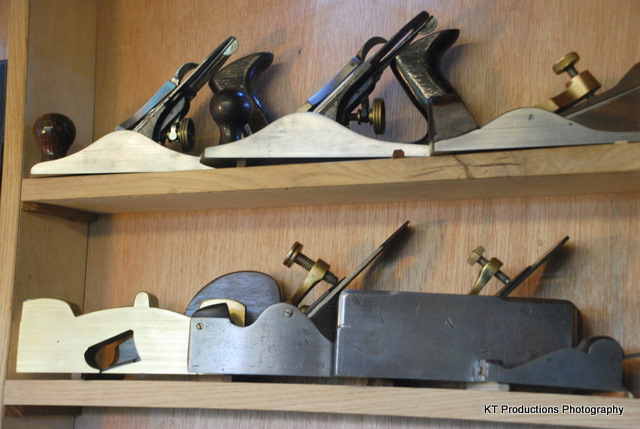I just saw one of Lie Nielson's videos on Youtube and I noticed the guy (I think Deneb Puchalski) kept putting the planes down with the sole flat on the bench and the blade out.
Thinking about it, I realised I've seen a lot of the big guys doing the exact same thing, but I've always been taught to put the plane down on it's side so that you don't blunt the blade prematurely.
So is this a solution to a problem that's not really that much of problem at all or is it just because these guys know they can sharpen a blade in less time it takes to think about putting the plane down on it's side?
Thanks
Anthony
Thinking about it, I realised I've seen a lot of the big guys doing the exact same thing, but I've always been taught to put the plane down on it's side so that you don't blunt the blade prematurely.
So is this a solution to a problem that's not really that much of problem at all or is it just because these guys know they can sharpen a blade in less time it takes to think about putting the plane down on it's side?
Thanks
Anthony





